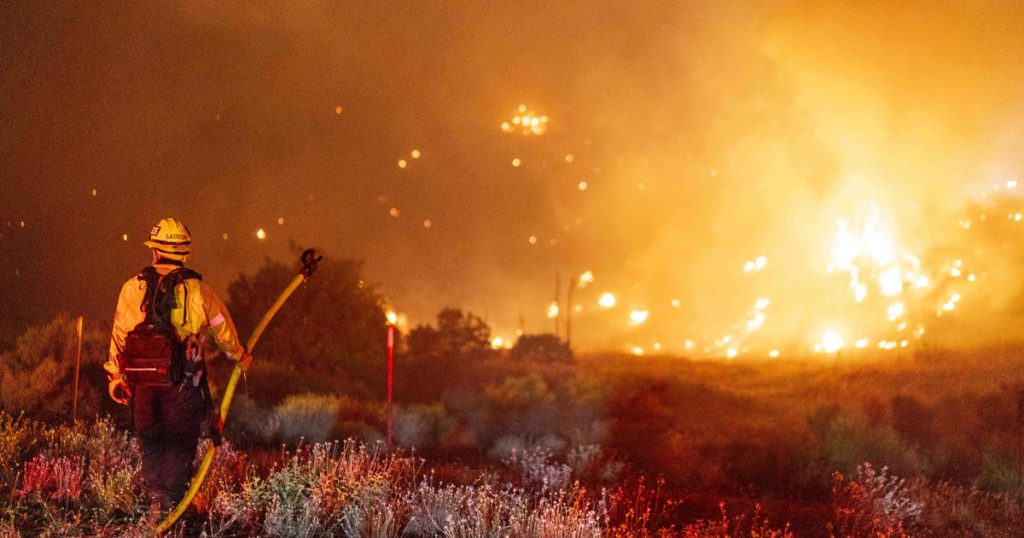The 2024 wildfire season in the United States has already seen nearly 20,000 wildfires burn over 2 million acres, with widespread destruction in New Mexico due to thousands of residents fleeing their homes under evacuation orders. The recent wet winter in the West led to increased vegetation, which dried out and became fuel for fires during recent heat waves. A new report reveals that extreme wildfires have doubled in frequency and magnitude over the past 20 years, with climate change creating conditions conducive to dangerous fires.
The increase in “fuel aridity” caused by dry trees has been a significant factor in the expansion of forest fires in the western United States. While the number of extreme wildfires is on the rise, the overall number of fires globally has decreased in this century, with most fires being small and human-caused. There is a growing recognition of the need to coexist with fire and utilize controlled burns to maintain ecosystem health. However, extreme wildfires continue to cause widespread damage, impacting human and animal life, homes, and water and air quality.
The health consequences of wildfires are far-reaching, with research showing that wildfire smoke exposure contributes to thousands of excess deaths each year in the United States. The smoke contains harmful chemicals and particles that can exacerbate respiratory and heart conditions, leading to increased mortality rates. An estimate predicts that by 2050, excess deaths from wildfire smoke exposure could nearly double if emissions continue to rise and global warming accelerates.
Researchers warn that parts of the United States are facing increased risk from wildfires over the coming decades, with certain regions experiencing more fire weather days compared to the past. Forests dominated by spruce and pine trees, common in North America and Russia, are particularly vulnerable to extreme wildfires due to warmer temperatures and dry vegetation. Strategies to mitigate fire damage include building modifications for ignition resistance, vegetation management to reduce fuel loads, and controlled burns to prevent extreme wildfire conditions.
Efforts to combat wildfires require additional resources, including more firefighters and modern tools for real-time decision-making. Addressing the underlying cause of climate change is crucial in preventing future wildfire disasters. Climate scientists emphasize the urgent need to take action now to mitigate the impacts of climate change and reduce the risk of extreme wildfires. As extreme wildfires become more frequent and destructive, proactive measures and long-term solutions are essential to protect communities and ecosystems from the growing threat of wildfires.


